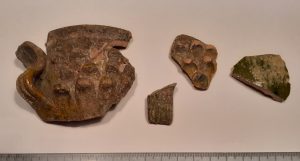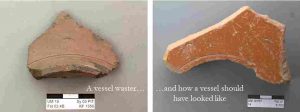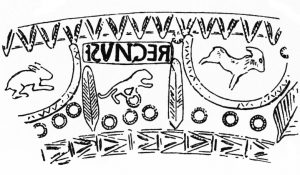
ADDENDUM TO: ARCHER MARTIN, MARY JANE CUYLER, LAURA BANDUCCI,
“SANTA MARIA IN ARACOELI (ROME): FRANK BROWN’S EXCAVATION IN 1963,”
ARCHAEOLOGIAE XVIII. 1-2, 2020, 11-80 (Martin, Cuyler, Banducci 2020)
The material comes from an excavation carried out by Frank Brown in 1963, for which very little
information survives. Indeed, the selected ceramic finds, without any indications of context,
stored at the American Academy in Rome constitute the main attestation of it.
The larger part …..
With this publication, our intention was to go as far as possible in paying a debt owed to the
scholarly community by presenting what can now be said about this excavation. We hope also to
provide pottery specialists an assemblage that may offer useful comparanda for other sites at
Rome and a discussion of wares and types at times not well known there.
In this Addendum:
The table of contents of the article, along with author attributions, have been included for easy
reference. (pages 2-4).
As Archaeologiae does not publish in color, color photographs are given here of the finds
published there in black-and-white (pages 5-23).
Images are also presented of the fabrics of those wares that are not already well known in the
literature (pages 24-61).
Finally, there is an errata corrige (page 62).


